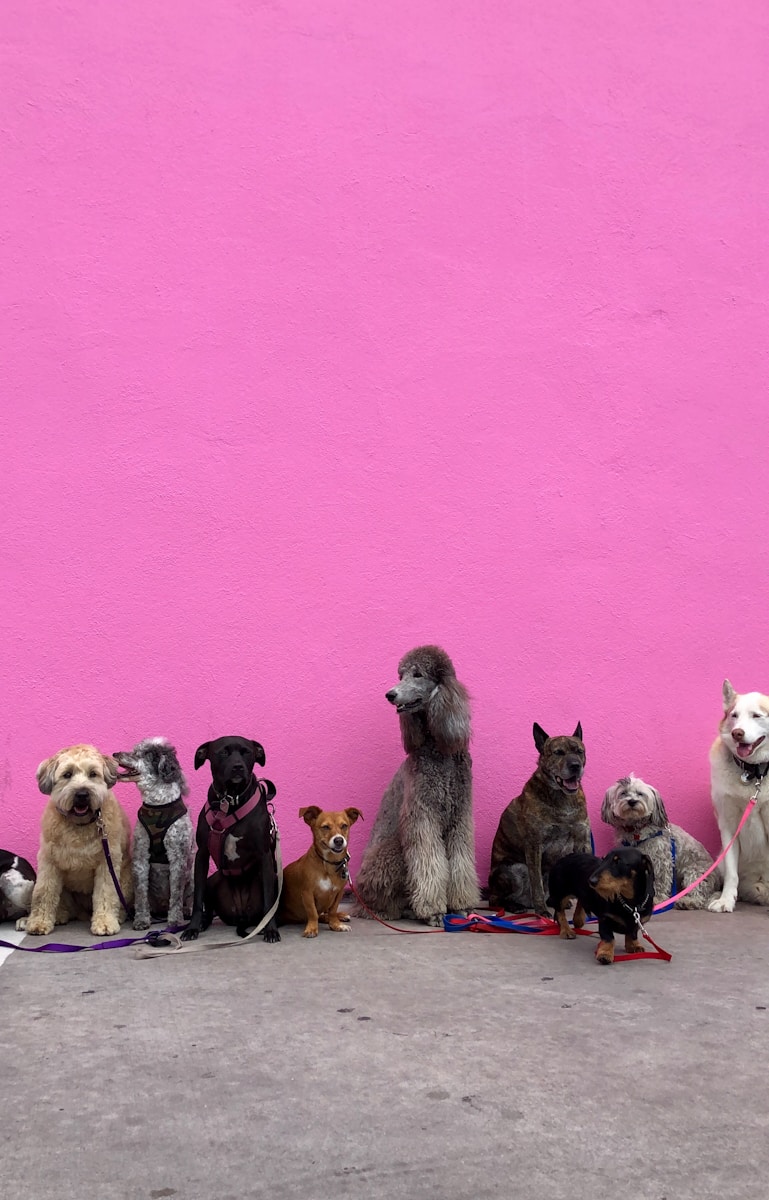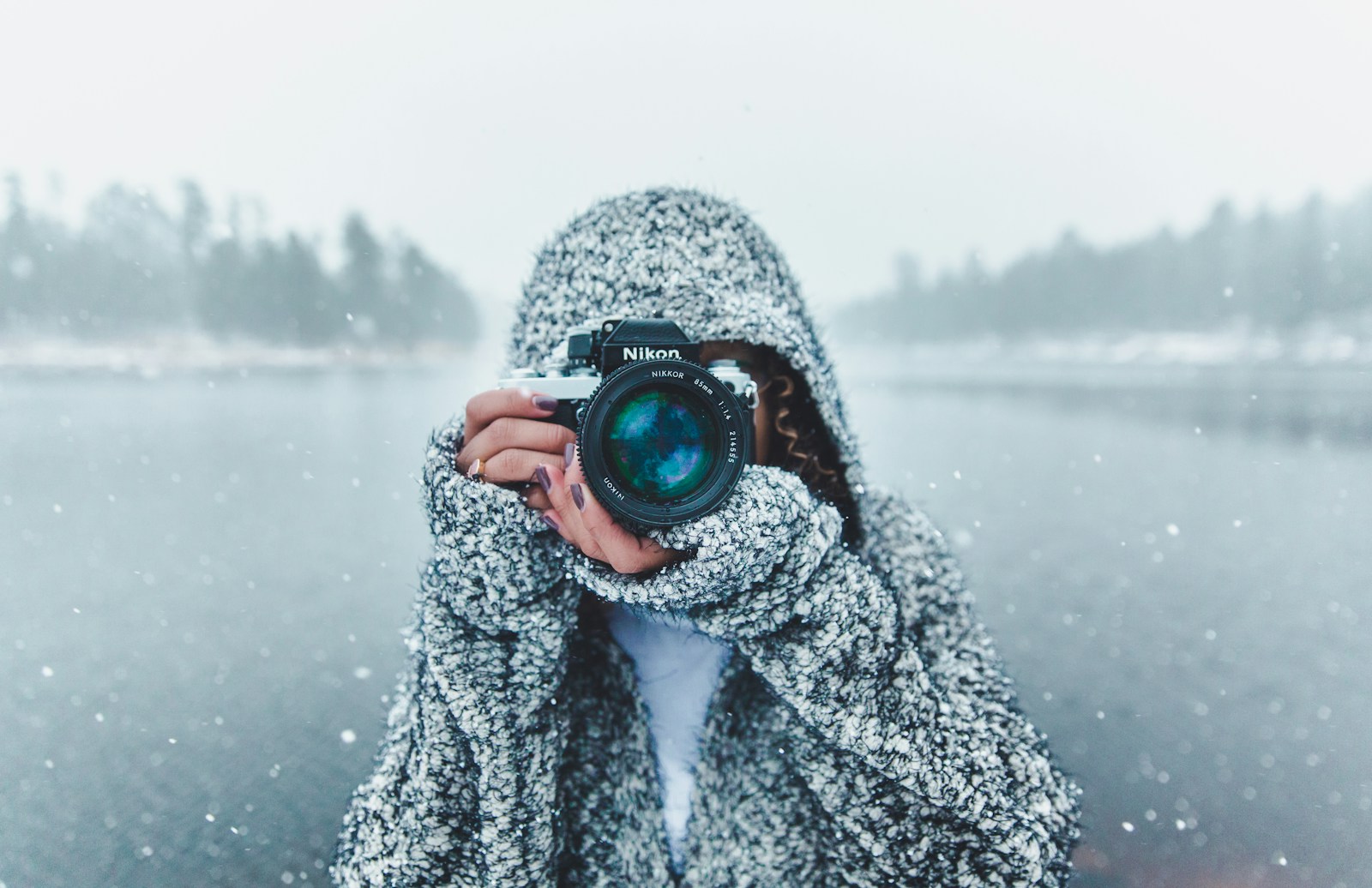Helping your dog become their best self means teaching more than just “sit” and “stay.” Dogs thrive when they develop practical skills that bring out their confidence and friendliness and help them relax in busy environments. Today, many dog owners turn the focus from plain obedience to nurturing well-behaved pets through socialization and key life skills. With the right skills and exposure, dogs handle challenges better, avoid problem behaviors, and stay happier and safer. In this guide, you’ll learn why socialization is crucial, essential skills every pup should master, real-world examples, science-backed insights, and simple strategies to support your dog’s lifelong learning journey.
What Does It Mean for a Dog to Learn Skills, Including Socialization?
Dog training is much more than getting your dog to follow commands. It’s a blend of responding to cues, daily routines, and joining daily life calmly and politely—whether it’s meeting strangers, exploring new places, or facing surprises. The heart of great dog behavior is proper socialization. Socialization means teaching your dog to cope confidently and calmly with everything they’re likely to meet: people of all ages, other animals, loud noises, and unfamiliar sights. It’s not only about play. It’s about building the right reactions for each situation, helping your dog handle stress, and growing into good manners at home and in public.
A Look Back: Why Socialization Is So Important
In the past, dog training mainly centered around commands, earning approval, or fixing mistakes. Today’s dog experts encourage gentle teaching methods and nurturing emotional understanding. It’s especially important during a dog’s early weeks (around 7 to 16 weeks old) since puppies are extra open to learning about the world then. Missing this key period often leads to fears, worries, or problem behaviors in adulthood. When dogs are well-socialized as puppies, they adapt to changes smoothly and stay confident no matter what they encounter in life.
Must-Have skills for dogs to learn including socialization:
Basic Good Manners
- Knowing Their Name: Teaching your dog to expectedly turn toward you with their name helps keep them safe and makes communication clearer.
- Sit, Stay, Down: Training these simple cues helps dogs handle excitement, stay settled when needed, and remain calm around distractions.
- Come When Called: Teaching recall protects your dog from danger and improves off-leash control.
- Leave It and Drop It: Useful for stopping your dog from chewing or swallowing harmful objects.
Social Skills
True socialization isn’t just playtime. It introduces your dog to a wide range of experiences: new people, kids, adults, sounds, surfaces, busy streets, and calm parks. Well-socialized dogs handle crowded areas, vet visits, and sudden surprises without fuss. This is as much about remaining composed in everyday life as it is about polite interactions with other animals.
Handling and Cooperative Care
- Handling Practice: A dog comfortable with you touching their ears, paws, or mouth stays relaxed for grooming and vet visits.
- Chill Out On Cue: Teaching your dog to settle and relax when asked helps prevent nervous habits and makes daily living more pleasant.
Emotional Control and Problem-Solving
- Self-Control: Your dog needs to learn not to rush or jump when excited, patiently waiting their turn, or staying calm in new settings.
- Handling New Things: Showing your puppy lots of gentle, new sights and sounds early on makes adult life far less stressful.
What’s New? Research-Based Advice and Trends
Many studies show that dogs exposed to various people, animals, noises, and places in puppyhood feel less scared as adults. Early experiences make dogs braver, especially if they grow up in busy cities where everything is new and loud. Professionals today build on positive reinforcement methods—using treats, praise, or play when your dog does the right thing. This proven approach, now standard, builds a dog’s joy and reduces the risk of shy or aggressive behaviors.
Socialization vs. Obedience Training
Traditional training focuses on teaching commands like “sit” or “heel.” Socialization goes much further—it arms dogs with confidence and the ability to adapt as situations change. Both approaches are needed: obedience for safety and routines, socialization for handling real-world challenges calmly and thoughtfully.
| Comparative View | Obedience Skills | Socialization Skills |
|---|---|---|
| Main Goal | Following commands | Remaining calm and adaptable |
| How it’s taught | Practice and rewards | Slow, safe introductions to novelty |
| Serves best for | Communication, quick control | Emotional stability, flexibility |
| Best time to start | Any age, younger is quicker | Ideally before 16 weeks old |
Clearing Up Misunderstandings
- Myth: Socializing just lets dogs all play together.
Truth: Human-guided, positive experiences—not random, off-leash meetups—build solid social skills. - Myth: Once puppies get early exposure, they’re set.
Truth: While puppy years are vital, dogs need fresh experiences and reminders throughout life to stay well-adjusted. - Myth: Nervous dogs simply need to “face their fears.”
Truth: Forcing interactions or situations often backfire—gentle, slow progress works best when boosting confidence.
Common Obstacles and New Solutions
Training any dog comes with hurdles:
- Missed Early Learning: Dogs who didn’t meet new things as puppies may develop fears that linger into adulthood.
- Urban Challenges: City noises, crowds, and fast-moving scenes might overwhelm under-socialized dogs.
- Different Breeds, Different Needs: Some dogs are naturally more anxious and require extra work for confidence.
To help, professional trainers now offer custom plans and varied classes tailored to each dog’s personality and background. Online tips, virtual dog groups, and videos can provide hands-on help wherever you live. Many daycare and training facilities focus exclusively on building social skills for busy owners.
Easy Tips for Pet Parents
- Start Right Away: If you have a puppy, expose them gently and gradually to people, noises, and settings in their early weeks—and keep adding new experiences as they grow.
- Use Positive Methods: When your dog behaves as you’d like, reward them right away. Find what your pup loves—food, toys, or praise—and use it as encouragement.
- Listen to Your Dog: Watch for signs your dog is unsure or worried. Adjust sessions or try different approaches if they seem stressed.
- Mix It Up: Expose your dog to various places, sounds, and friendly people and animals, so they learn to tackle life’s surprises.
- Sign Up for Classes: Puppy programs and well-run doggy playgroups provide expert guidance and give your dog strong social foundations.
- Stay Consistent: Regular practice is the key. Skills are not mastered overnight but with ongoing, patient effort.
Today’s families see dogs as true companions—so teaching the right blend of life skills, including proper socialization, supports dogs at every stage of life. Staying committed to both basic manners and skill-boosting adventures leads to happy, friendly, and balanced pets. The rewards go beyond your household, creating safer communities, stress-free outings, and deeper pet–owner bonds. Look into local trainers, reputable programs, or group classes for guidance. Every experience is a chance to build a positive, social, and joyful future with your pup—one new skill at a time.

